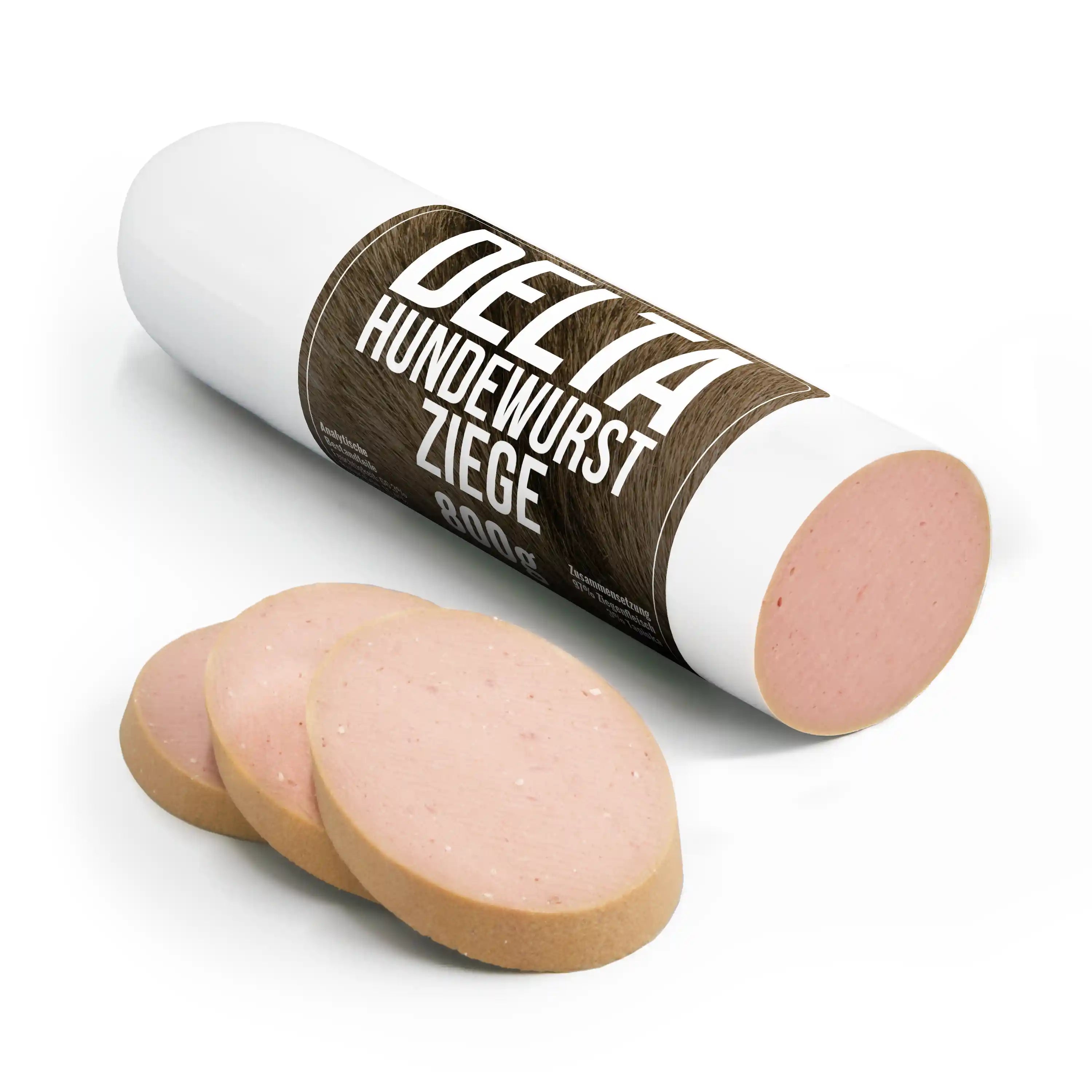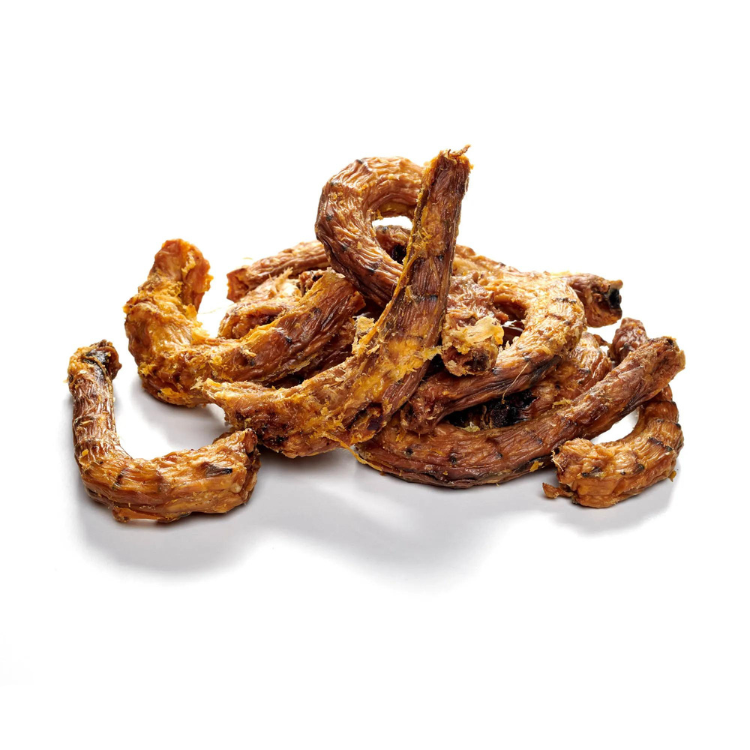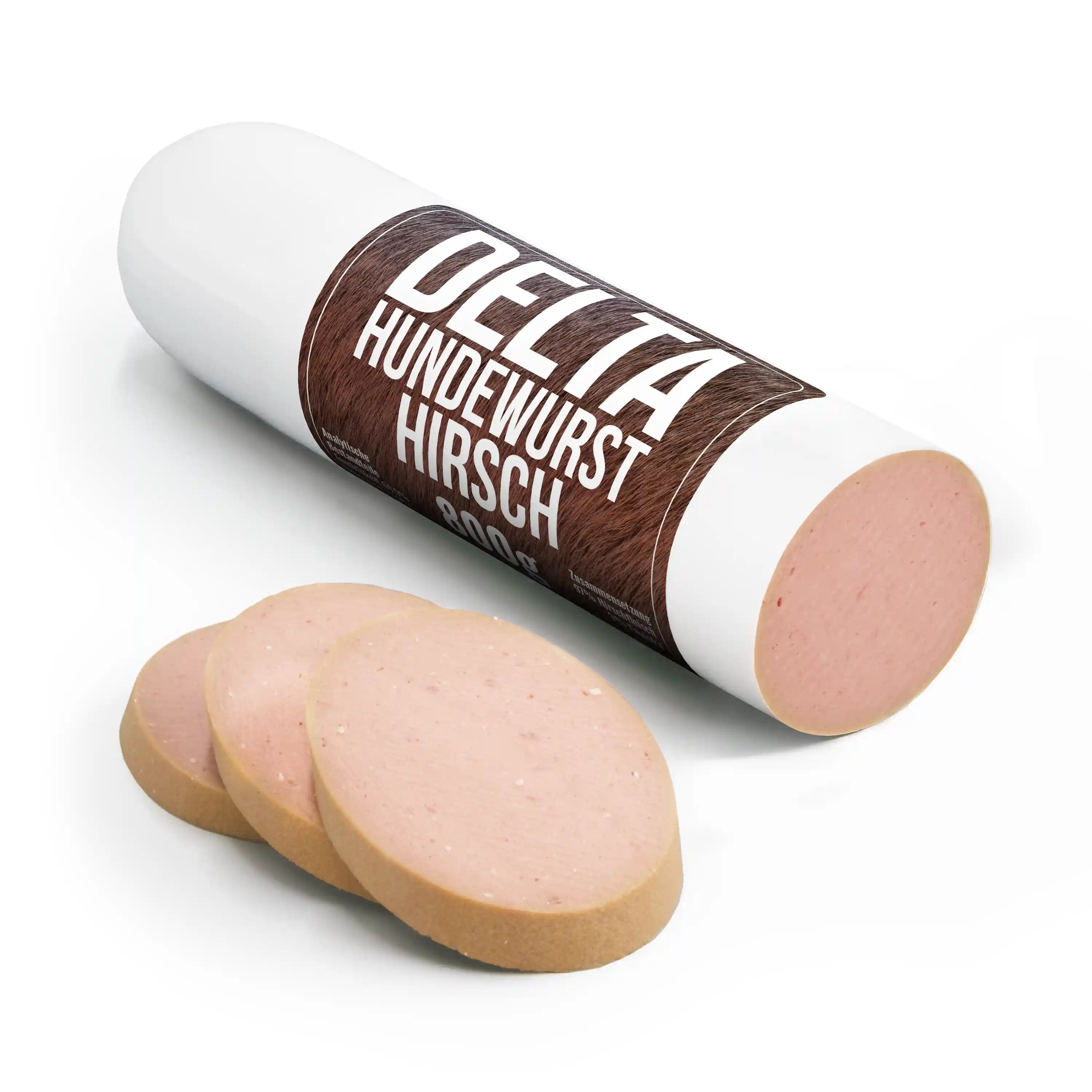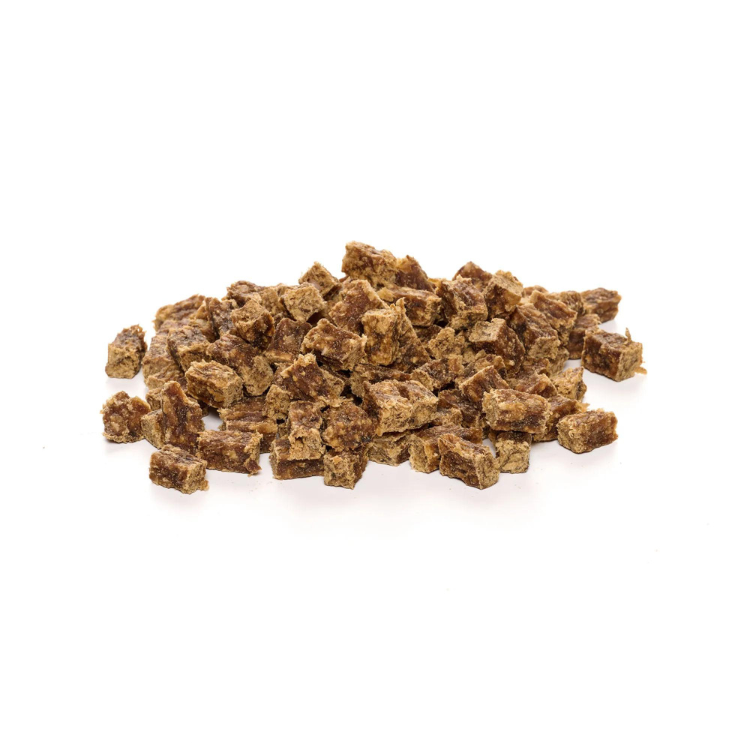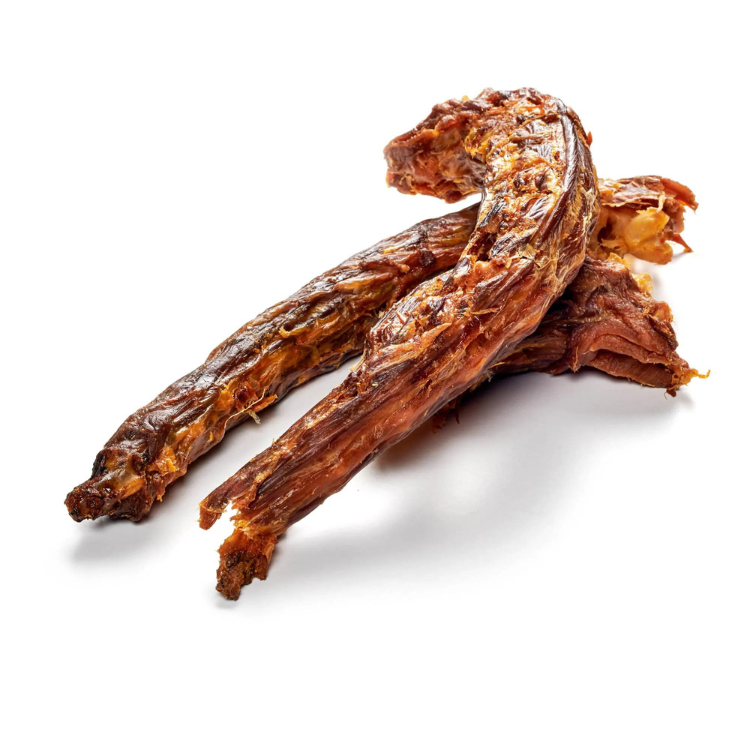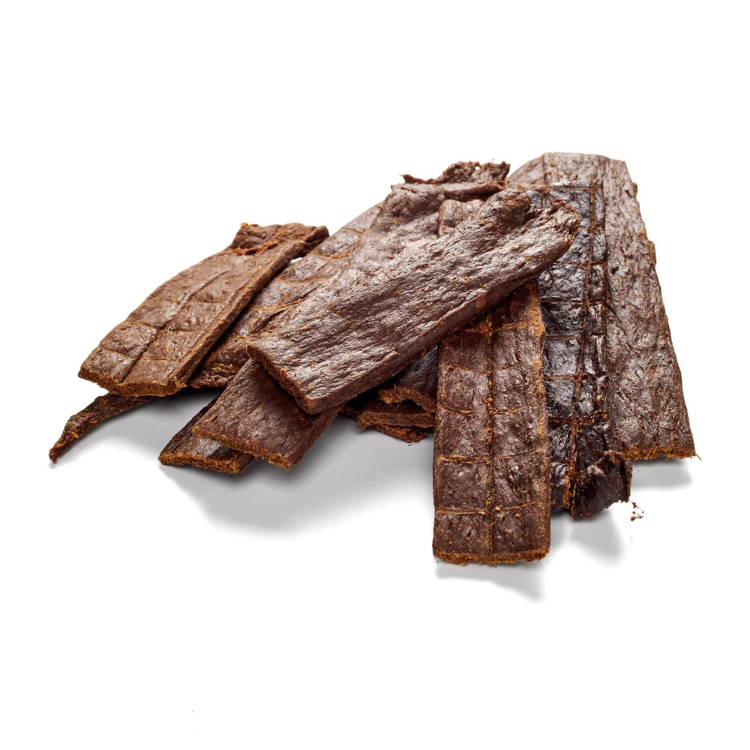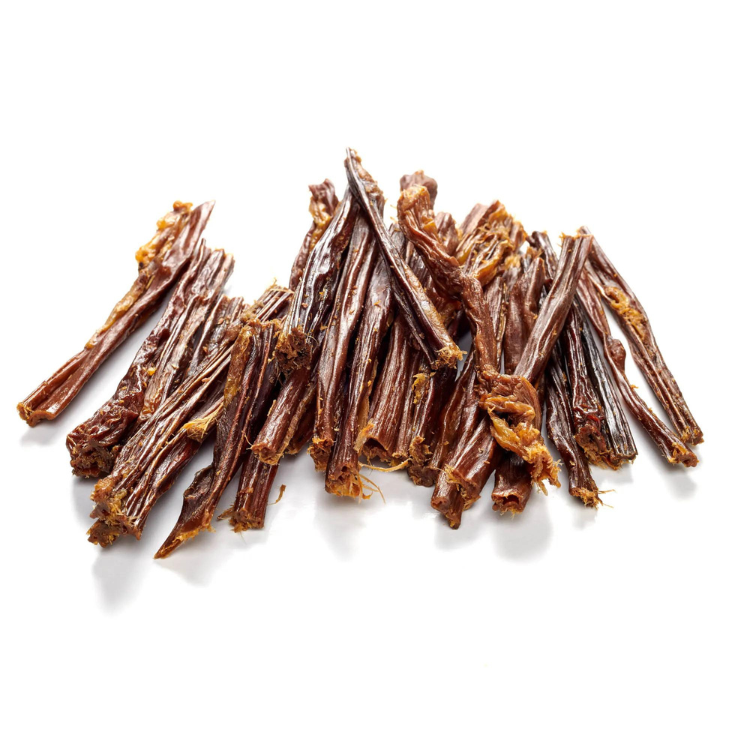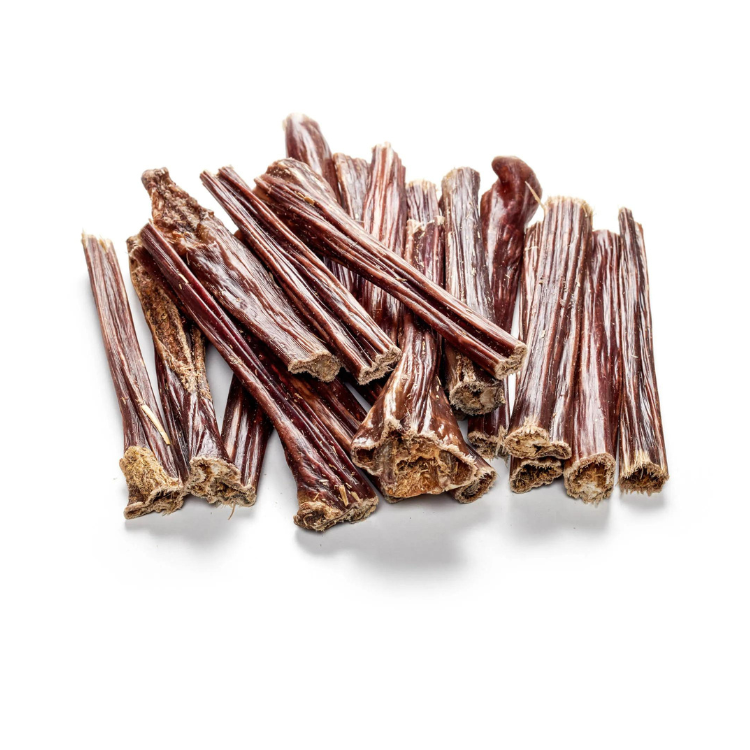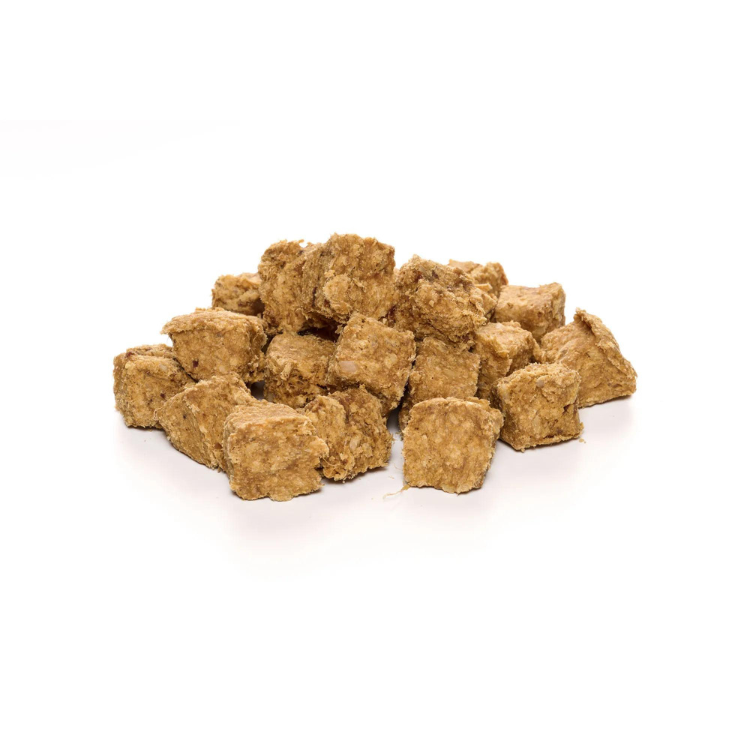
Newfoundland
Share
The bear-like dog, whose ancestors helped the Vikings, is a real powerhouse. As a sled dog for heavy loads or a working dog on fishing boats, he became a professional in his profession. His strength and water-repellent fur have earned him a job with the French coast guard, where he works as a lifeguard. Could this be related to the fact that he is said to have once saved Napoleon himself from drowning?
Content: Newfoundland
- profile
- Special features
- Nutrition
- Health and care
- Origin & History
- The right accessories
- Conclusion
Spoil your dog with high-quality chewing products from our range!
Newfoundland - Profile
- Character: Benevolent, mild, majestic, cheerful, calm
- Size: Large
- Height: 63-74 cm
- Weight: Male 60-70 kg
- Life expectancy: 8-10 years
- Coat type: Long hair, abundant and dense undercoat
- Color: Brown, white-black, black
- Special features: Water-repellent fur
- FCI Group: Molossoids, Schnauzers and Pinschers
Newfoundland - Special characteristics
The Newfoundland is a very friendly and good-natured dog. It has long hair and a simple coloring. Its coat is either brown, black or black and white spotted. It has a very oily coat that is water-repellent and gives it a massive appearance.
The large, strong dogs are very versatile and have an extremely people-oriented and watchful character. The dogs are open to strangers. Their good-natured and loving nature makes them an excellent family dog. Nevertheless, the strength of the large animals should not be underestimated and they should not be left alone with small children. The animals are used as water rescue dogs and working animals. Their strong build also makes them suitable as draft animals. The dogs therefore need adequate physical exercise with long, daily walks. Keeping them without a fenced- in run is not recommended. The dogs have a strong watchful and protective instinct and can easily be used as guard dogs.
With consistent guidance, the dogs are very easy to train and can therefore be easily controlled by an owner who knows how to handle dogs. Aggression is foreign to this human-loving dog. Their nature makes the dogs unsuitable for kennel keeping. This causes great harm to the animal, as it longs for physical closeness.
Newfoundland - What should be considered regarding nutrition?
A diet with a high fish or meat content of around 70% is best for a Newfoundland dog. A large amount of fruit and vegetables should also be fed. The grain content should under no circumstances exceed 10 percent. Bear dogs can be fed both wet and dry food. Biologically appropriate raw food ( BARF ) is also suitable for feeding large dogs, provided the quality of the raw food is sufficiently high. You should consider whether you can afford the cost of such a diet. A balanced diet that is based on the dog's age, weight and activity level is important. In any case, excess weight should be avoided in order to prevent health problems. If deficiencies are noticed, you should always consult a veterinarian and discuss the dog's diet with them.
Delicious chews for your faithful companion now available!
Newfoundland - Health and Care
The bear-like Newfoundlands are extremely robust animals that are not affected by wind and weather. Their fur should be brushed daily if possible. Combing is not good for the fur. The fur is very thick and greasy. This makes the dog somewhat sensitive to heat. The dog, which is used to the Nordic cold, does not like too much sun. In addition to grooming the fur, checking the eyes, ears, teeth and claws is of course part of the regular tasks of a responsible owner. Caring for large dogs is quite time-consuming and this should be taken into account when purchasing one. For nature-loving people who brave the vagaries of the weather, the dog is a loyal companion - the Huckleberry Finn of dogs, so to speak. In addition, you will do your dog great joy if he can swim regularly. This way he can really let off steam again and again.
Newfoundland - Origin & History
Newfoundlands originate - surprise - from the island of Newfoundland and are a mixture of the local dogs and bear dogs brought by the Vikings. The Newfoundland breed was refreshed by various other dog breeds brought by fishermen. It is very likely that the sled dogs of the Arctic aborigines, the Inuit, also influenced the breed. As early as 1610, dogs existed on the island that were very similar in appearance and character to today's Newfoundlands. The dogs braved the extreme climatic conditions for centuries and are now used as water and rescue dogs. In 1860, the dogs were shown for the first time at a dog show in Birmingham and were then bred by the British Kennel Club. Shortly afterwards, the first breeding club for this breed, "The Newfoundland Club", was founded. Despite its archaic roots, the Newfoundland is now more of a prestige dog.
Neufubdländer - The right accessories
The right accessories are essential for a Newfoundland. A sturdy, wide collar or a well-fitting harness distributes pressure evenly during walks. A strong, durable leash provides control over this powerful dog. A large, comfortable dog bed supports his joints. High-quality food, tailored to his size and activity, promotes health. Water toys are ideal for the water-loving Newfoundland. Grooming products such as a strong brush and special dog shampoo are important for coat care. A sturdy drinking and feeding bowl set, ideally raised, makes eating and drinking easier. These accessories ensure the well-being and happiness of your Newfoundland.
Conclusion
The Newfoundland, a bear-like dog with a wide range of skills, impresses with its friendly character and water-repellent coat. It proves itself as a loyal companion and rescue dog thanks to its robust nature and pronounced humanity.
Pamper your dog with our delicious chews!

